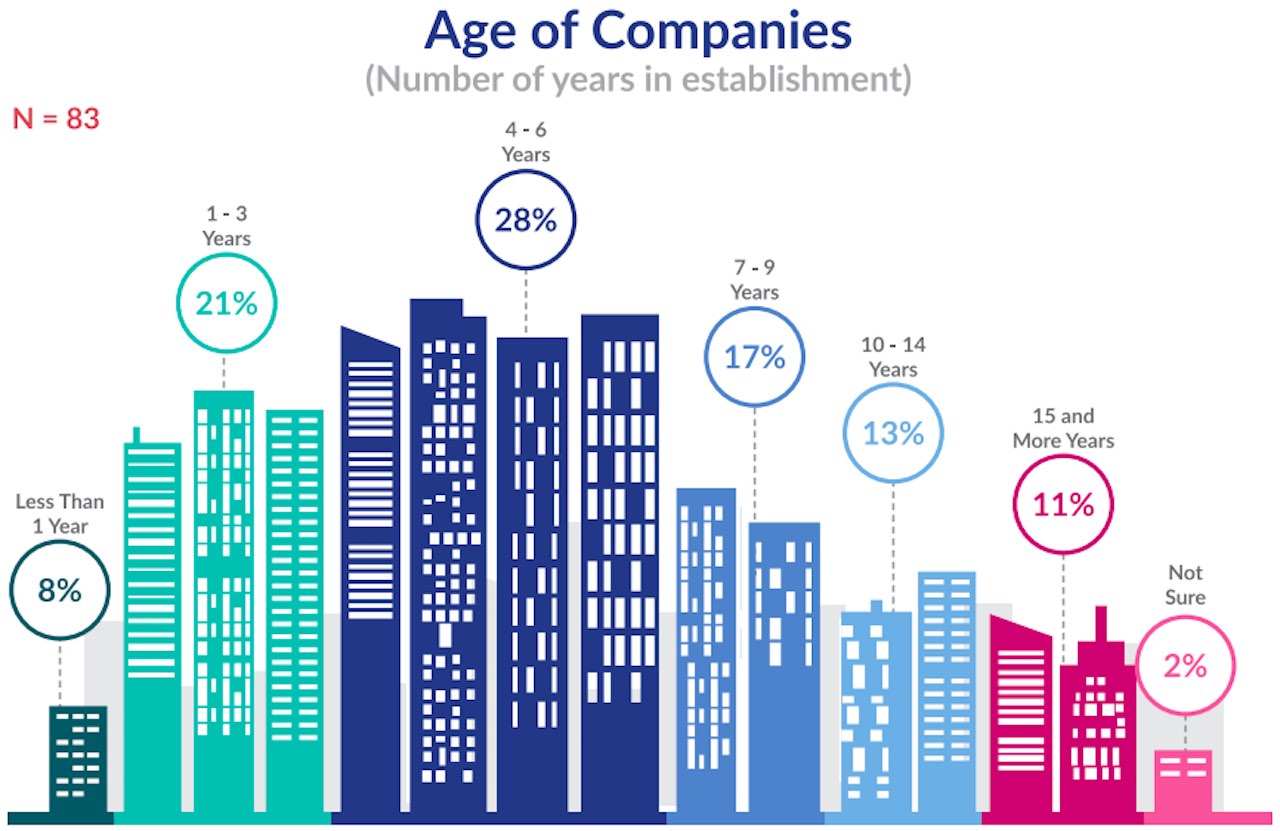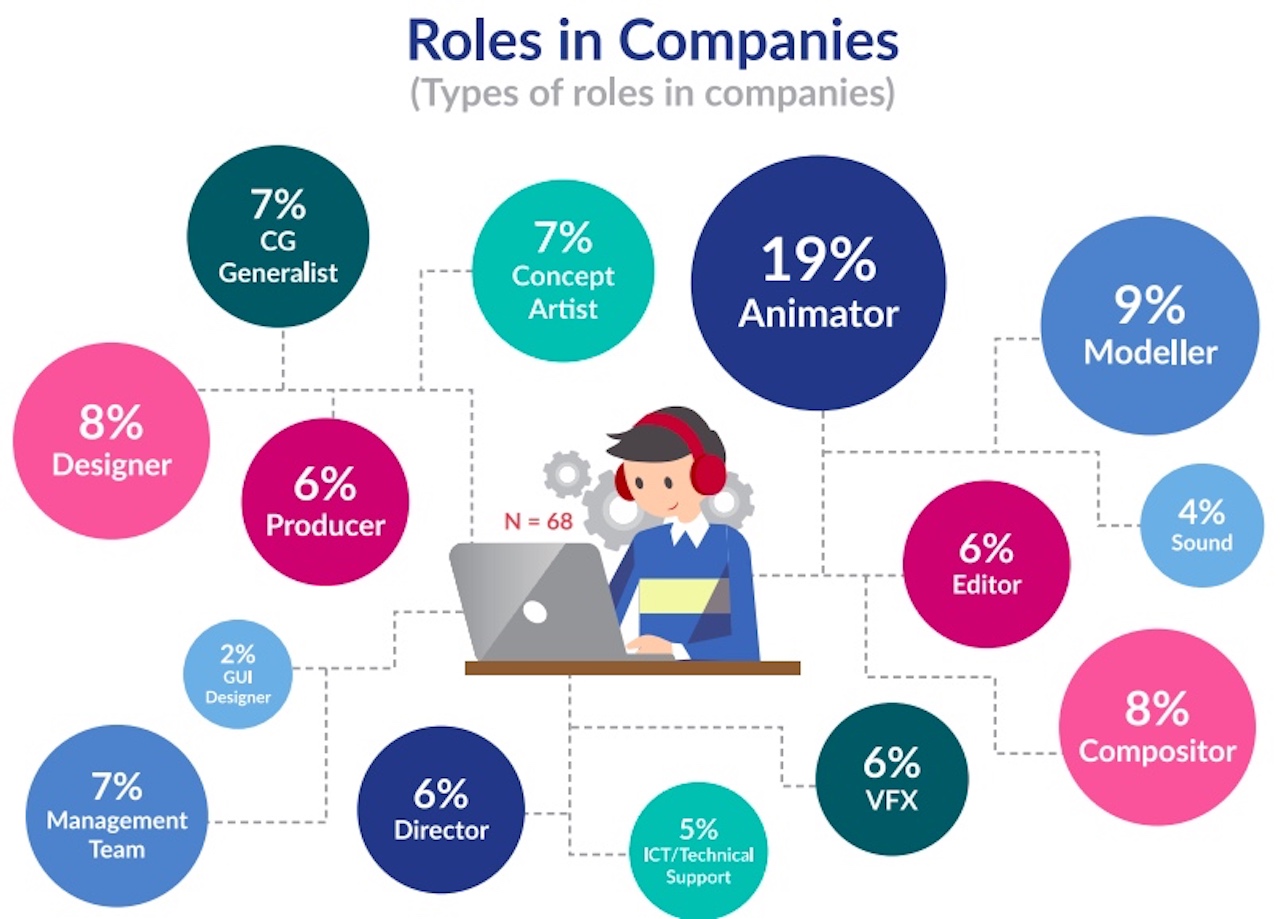

This Pioneering Report Reveals What It’s Like To Make Animation In Southeast Asia Today
Fast-growing yet largely invisible on the world stage, Southeast Asian animation is at a crossroads. Enter the South East Asia Animation Report, a document that aims to establish essential facts and figures about the region’s industry.
The report’s introduction cites an eye-catching statistic: around 90% of U.S. tv animation is produced in Asia (including Netflix and Warner Bros. Animation’s Green Eggs and Ham, pictured at top, which used Manila’s Snipple Animation as one of its service studios). It adds that a bulk of that comes from the countries covered here, namely Malaysia, Indonesia, the Philippines, Singapore, Thailand, and Vietnam.
What’s certain is that Southeast Asia is flourishing as a service industry. But like China and Latin America, it wants to expand further and establish itself as a major creator of original animation. The report identifies greater collaboration between the region’s companies and countries as a crucial step in this direction.
Published last year, this unprecedented research was conducted by the Malaysia Digital Economy Corporation in partnership with Japan’s Media Create, and organizations in the countries covered. It is full of invaluable stats, observations, and recommendations for individual countries and the region as a whole.
The report runs to 88 pages. You can read it here, but we’ve compiled a few takeaways from the research:
- The industry is young. Of the companies surveyed, 57% were set up in the last six years, and only a quarter have existed for more than a decade. The people they employ are young, too: 81% are aged 35 or under.
- Overall, 3d production dominates. That said, there’s a fair number of companies specializing in 2d animation, and some countries like the Philippines have a stronger emphasis on 2d production.
- The wages are low. Average monthly salaries fall in the bracket of $500–$2,000 USD. Again, that’s monthly, not weekly.
- And average wages vary widely across the region. At the lowest end of the scale is the Philippines, which pays artists $250-300 per month, while Thailand’s monthly range is $455-546. Vietnam’s monthly animation worker average is $800, Malaysia is $900, while Indonesia and Singapore top the list at around $1,800 monthly.
- Local brands and stories are in short supply. Only 33% of companies develop their own intellectual properties (IPs). There are various reasons for this, including a scarcity of non-technical talent (such as concept artists and writers), and the perception that creating original IPs is financially riskier than service work.
- More funding would be welcome. The report singles out local broadcasters and venture capitalists as particularly stingy. Targeted support, it argues, could help foster original IPs.
- Other kinds of support could also help. There is a need for more festivals and other events that can showcase local talent, and spread awareness of careers in animation. Detailed databases of the region’s talent and IPs would help local companies as well as outside investors. Finally, education about laws and artists’ rights is currently lacking.


(Images in this article are taken from the South East Asia Animation Report.)

.png)